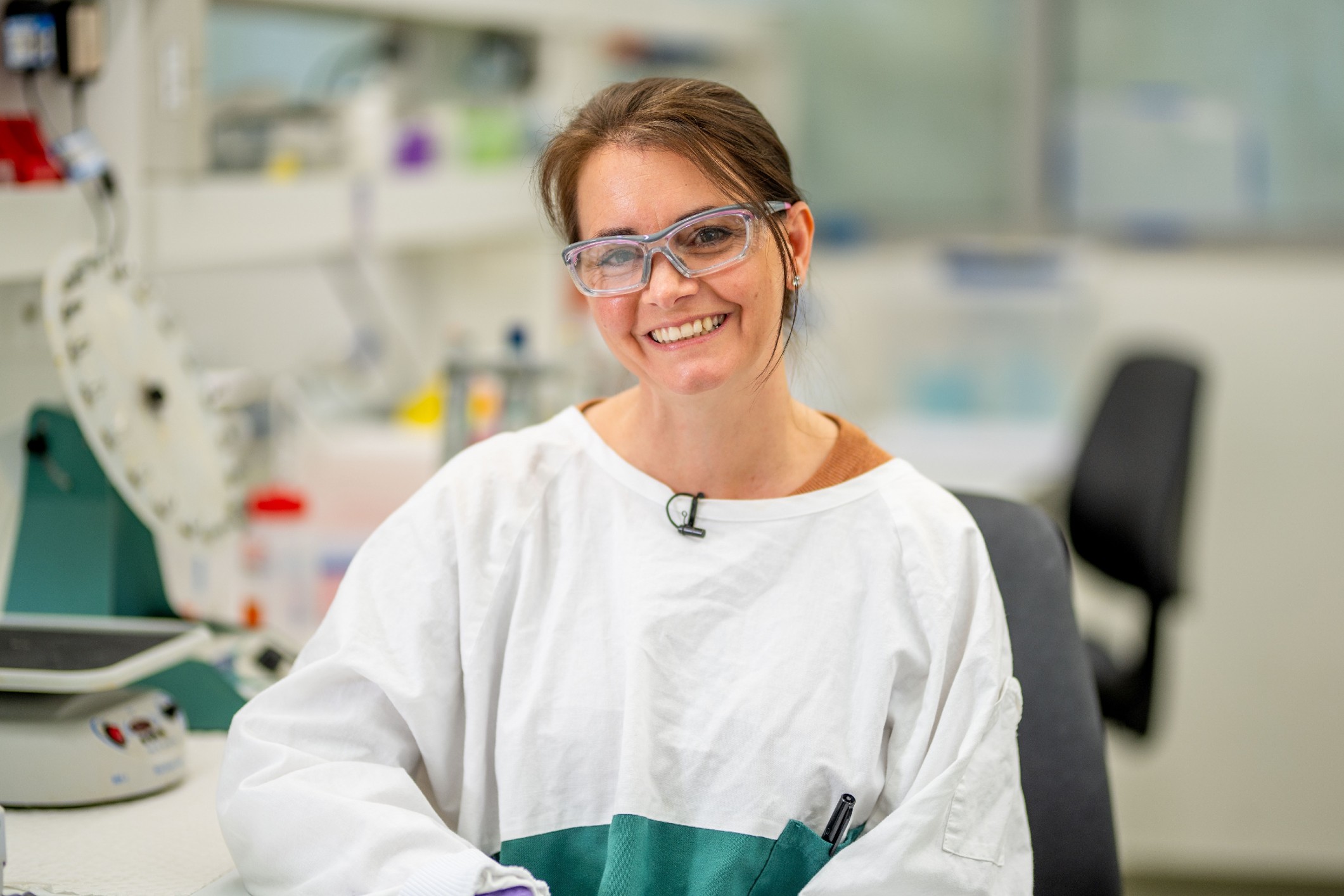
The dramatic rise in the number of people with chronic wounds – a common side effect of diabetes, obesity, vascular and autoimmune diseases – is now costing the Australian taxpayer more than $3 billion each year.
Rising antimicrobial resistance is increasing infection rates, compounding the problems faced by vulnerable patients and creating serious challenges for medical teams worldwide.
University of South Australia (UniSA) regenerative medicine researcher Dr Xanthe Strudwick is among a growing body of scientists tackling this health crisis with new, cutting-edge technology.
Dr Strudwick, recently named a 2023 SA Young Tall Poppy of Science, is working with a team of researchers at UniSA’s Future Industries Institute to investigate why some wounds don’t heal and why others that do, form deep scars by analysing burn and diabetic healing.
According to Wounds Australia, more than 420,000 people suffer from chronic wounds in Australia, costing the healthcare system more than $3 billion annually. Individuals – mostly pensioners and retirees – also face out-of-pocket expenses exceeding $4000.
Dr Strudwick explained that a protein called Flightless I (Flii) is present in high amounts in both burns and diabetic patients and seems to impair healing as well as form scars.
“Ideally, we would like to reach a state where wounds completely heal and where the restored skin appears identical to and works as well as the original. Sadly, we don’t have treatments that enable this right now but hopefully in the future we will,” Dr Strudwick said.
This study and future projects aim to help researchers understand the fundamental biology and proteins responsible for impaired healing and scar formation in order to develop new wound dressings and technologies to treat infected wounds in collaboration with physicists and chemists.
“We need to work out how to reduce the levels of this protein at the same time as developing advanced hydrogel dressings that can deliver antimicrobials and oxygen to successfully treat infected wounds,” Dr Strudwick said.
Find out more about Dr Strudwick’s research in this video: